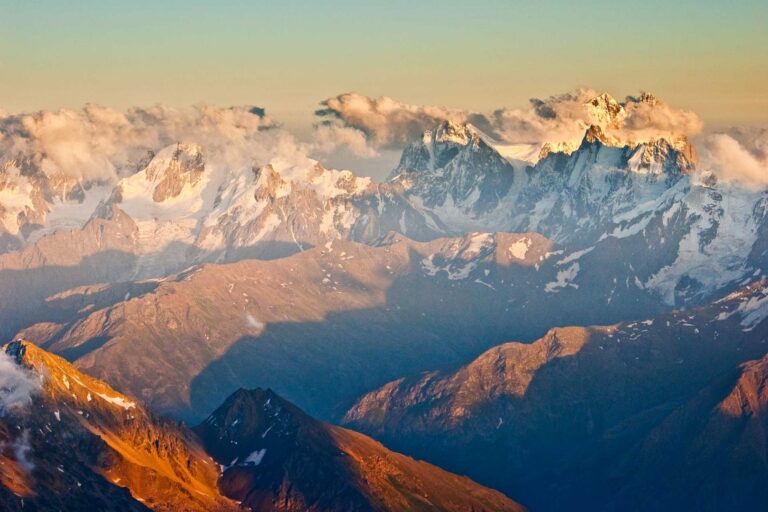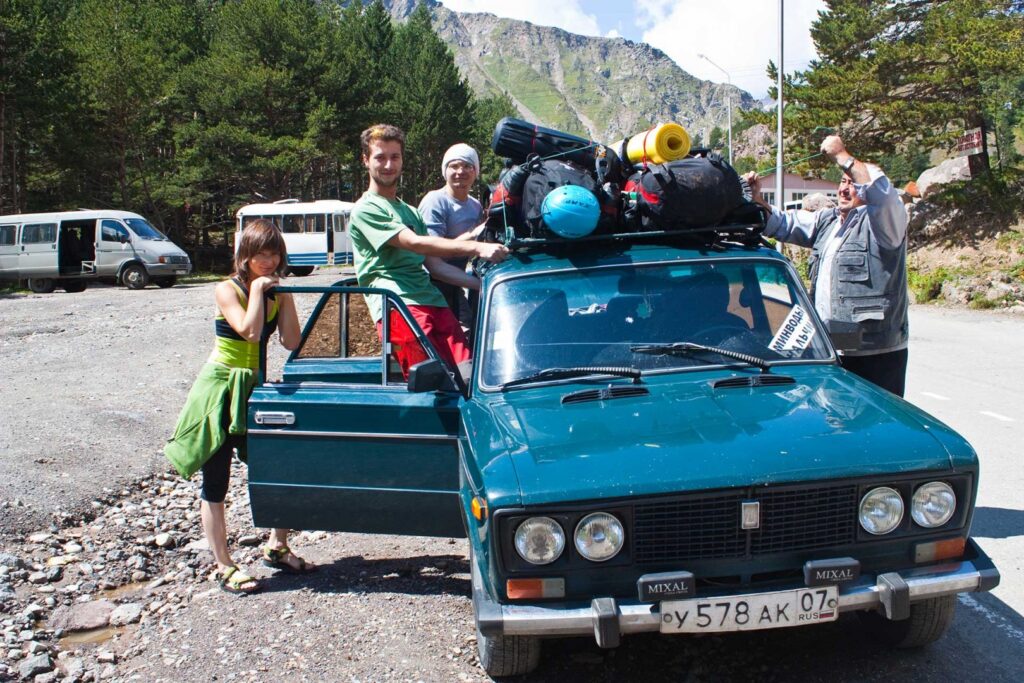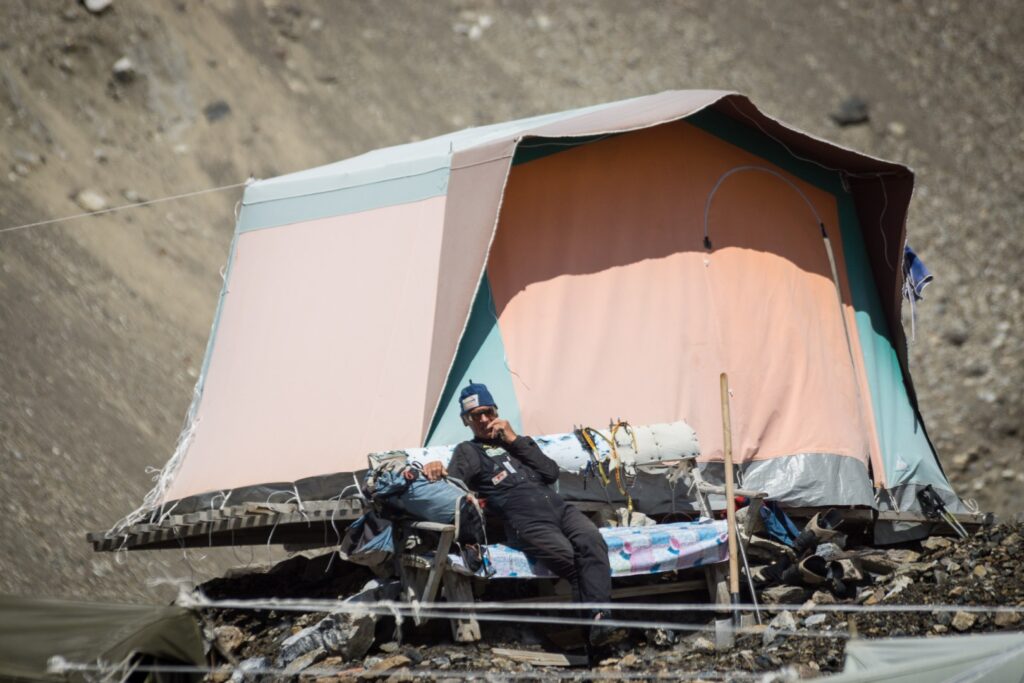
Being outdoorsy has become a lifestyle trend nowadays, with a prosperous industry blooming around it. We all like to think that if we buy specialized equipment, we will be ready for the adventure of our lives. But is it that simple? Or do we need to be more careful?
When you go into the wild, that is exactly what you will get: the wilderness, with all its unexpected and sometimes unpleasant situations. Coping with a difficult outdoor adventure can be a challenge even for an experienced mountaineer, so if you are just starting to see what the great outdoors is about, please consider carefully our advice.
- Be as prepared as you can be, before going outside: take survival skills classes, read the top best survival books and make sure you know a survival guide by heart.

2. Create a survival gear list: write down everything you would need during an expedition, including emergency essentials. And, if your plan is to go by yourself, you can first try to go in a guided journey with a group. Also, do some research on the area you are about to visit. For example, if you travel to areas that are prone to seismic activities like the Yosemite National Park, be aware these trips need earthquake preparedness gear and information as well.
3. Don’t be humble about your trip: spread the word around to your closest friends and family. Speak about your outdoor adventure to the caretaker of the area that you are planning a hike to. If anything happens, search parties can be sent out after you.
4. Check the weather: under no circumstances continue your hike when there is news about a storm or bad weather. Even if you have your survival gear with you and plenty of food, it is better to be safe than sorry.
Now that you know the basic rules of planning an outdoors adventure, we have one more important step to go through: the contents of your survival kit. You need to take everything into consideration, starting with your clothes, gear and food and ending with your shelter. Of course, you need to prepare days before the trip so that you can take any possible situation into consideration. You can find it all in specialized stores, which are recommended for their variety of products, expertise in the field and quality advice.
A survivalist brings emergency essentials that would consist of: a bug out bag, proper hiking gear and training beforehand. The name of the bug-out-bag seems to come from bail-out bag. But regardless of this, it is probably the most important element in your survival experience. It contains food and water and lots of other objects. But, let’s break it down in a list, because these items will be in your shopping cart for sure.
Food and water
These have to last for the length of your journey plus extra 72 hours. Water will be used for washing, drinking and cooking. US regulations recommend to bring with you 3.78 liters per day.
The best type of food is the non-perishable one. The list should include:
- freezed dried food: you will find plenty of assortments for each taste, to be purchased online or in outdoor stores. Or you can even prepare it at home. To eat it on the trail, you can boil it and you get a quick and rich breakfast, lunch or dinner.
- nuts/seeds: choose the unsalted, raw nuts or seeds. You can decide between peanuts, sunflower seeds, almonds, cashew and many others. They have essential fat acids and protein, friends for a hiker’s body.
- cans: their only disadvantage is that a large quantity means extra weight. So, just choose what that will last you a few days – a week.
- trail mix/energy bars: they have a lot of benefits and are a preferred choice among hikers. You can enjoy various types of mixes: with chocolate, dried fruits, berries, nuts, raisins. But, remember, they give a short term energy so be sure your survival food contains various options to cover all your nutritional needs while you are outdoor.
OK, now that you gathered some ideas on what type of food you can bring, let’s talk quantities. A quantity of food agreed by hikers to travel with is between 800-850 g/day. Also, you might see some leftovers from days with warm weather due to high temperature that makes your appetite level decrease. A simple meal plan can save your morale and keep you going. Consider a light breakfast composed of powdered milk and cereals. As snacks opt for trail mixes, muesli , chocolate, candies or drinks with high levels of vitamin C. At lunch you can enjoy some salami with cheese, carrots, honey, jam, crackers. For dinner think of soup, frozen dried meals, pasta, tea.
Professional hiking gear
Buy only the necessary and what is proper for the kind of terrain you will encounter. Here is a list with the essentials:
- Footwear (boots/shoes adequate for terrain, hiking socks)
- Clothing
- convertible nylon pants/shorts
- fleece jacket
- polypropylene underwear, first layers (long-sleeved shirts and underpants)
- wide-brimmed hat
- hooded rain jacket and pants
- gloves
- bandanna
- watch, sunglasses

Shelter, with enough space
It is necessary to bring a knife, a compass, a map. These are vital for orientation. The knife can help you while camping. Together with matches and a backup fire starter will be your best friends. With knowledge and practice, you can create a shelter powered by nature’s resources or you can bring your own lightweight tent. Be sure it is usable for the weather conditions and the type of soil. Nights can very cold so insulate your place of retreat with leaves, grass, and even snow. Add layers of clothes as well.
Instruments
- Headlamp or Flashlight
- First-aid kit
- Sunscreen
- Whistle
- Insect repellent
- 50-foot nylon cord
- Toilet paper
- Hiking Poles (if the hike has a higher level of difficulty)
Nice to have
Being alone in the wild has its surprises. That is why you can keep an eye on the following list and consider having these items with you as well.
- Re-sealable plastic bags
- Plastic garbage bags
- Repair/sewing kit
- GPS (although a map is easier to carry and maybe even more useful)
- Weather radio
- Field guides
- Binoculars
- Hiking Books
- Cell phone ( maybe for a one day trip, usually not that needed, especially that you don’t have a charger or signal)
- Camera (if your wish is to document/film something on the trip)
Lip balm (with sunscreen) - Key & I.D.
- Money

Now you know how you need to prepare, what you need to take with you on an expedition, but we have some final words of wisdom, for when you really find yourself alone in the wild.
If by any chance you get lost, please stay calm. As long as you have announced somebody of your arrival time back from the trail, a rescue team will be out there for you. Meanwhile, sit down and choose your next actions. It might be that first you need water or that night is approaching and need a shelter. To be reached easily you can build a campfire as a sign.
If you find yourself surprised by staying longer than predicted, you will definitely be in need of more water. Don’t look for fruits that you think might help, instead look for water sources: dew on plants, banana, plantain trees, and tropical vines. With purification tablets, a filter or by boiling it, you can drink that water and be hydrated and so, stay healthy.
Keep a travel log. So, bring pen and paper. This is not a must, it is something you might enjoy doing. It has several benefits: if you will visit the area again it will help you remember what you’ve experienced, learn from your decisions, help other hikers with advice and tips, reflect on your inner self. If you find pleasure in writing things down, than do it.
Oh, and before you leave on your adventure, please think about this. Be as eco—friendly as possible so that nature has a nice time as well!
There is alot of survival stuff u left out especially the gear some is very important to have like a space blanket candles waterproof match canister canteen of some kind a small pot to boil water or foil survival knife of some kind an the list goes on i have over 100 items in my small survival pack the slips rite on my belt 🙂
Your sharing is useful, the outdoor gear is essential, we are a company offering wild camping gears with hammocks large wide, warm quilts, tarp shelters, more details can be directed to http://www.onewindoutdoors.com, we also have our amazon store, hope to make the survivalists caring light and stay cozy and comfortable when camp outside